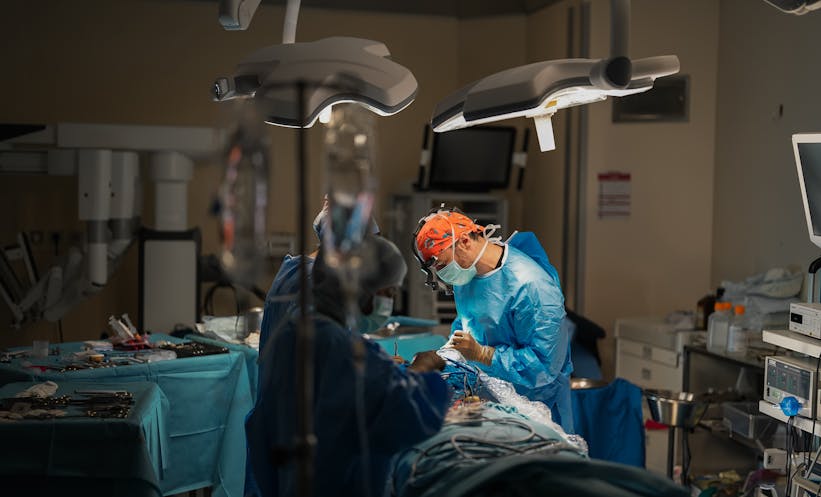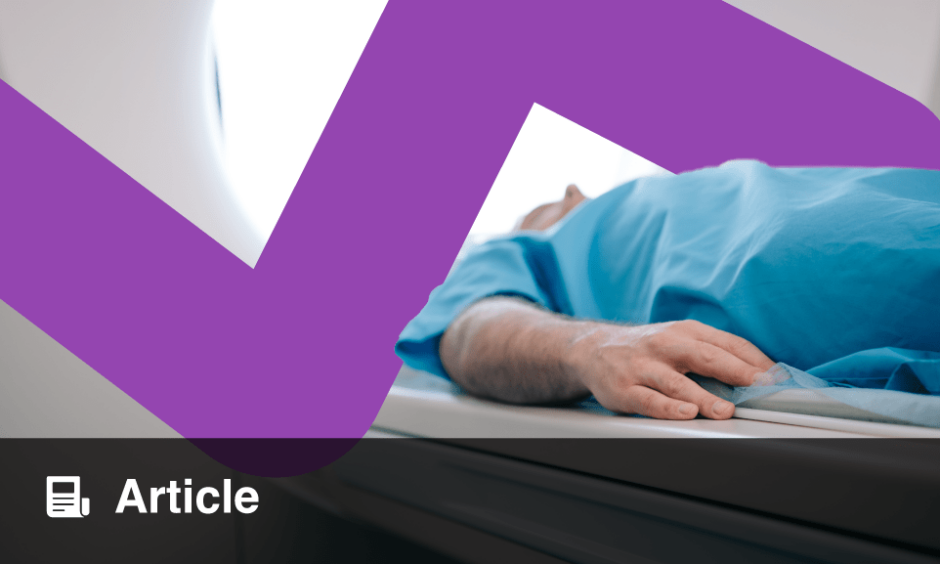A NEW ultrasound measurement technique has the potential to help detect and stage acute cellular rejection in liver transplant patients, recent research has revealed. The study demonstrated that Attenuation Measuring Ultrasound Shear Wave Elastography (AMUSE) shows positive agreement with traditional biopsy-based diagnosis. “These findings support the use of AMUSE for the detection and staging of liver acute cellular rejection,” the researchers wrote.
Acute cellular rejection is a common early complication following liver transplantation, affecting 20%–40% of patients. It is typically treated with corticosteroids. Another complication, ischemia-reperfusion injury (IRI), can occur with similar laboratory findings but often resolves without treatment. Distinguishing between these two conditions is crucial, but currently, it requires a liver biopsy, which carries its own risks.
The AMUSE technique assesses shear wave velocity and attenuation to noninvasively characterise liver tissue. Vasconcelos and colleagues had previously shown that AMUSE could differentiate between transplanted livers with and without acute cellular rejection. In their new study, they explored AMUSE’s ability to distinguish acute cellular rejection from IRI and to monitor the response to corticosteroid therapy.
The study included data from 58 transplanted livers, with 13 patients undergoing longitudinal tracking from rejection diagnosis to treatment. AMUSE measurements at frequencies of 100 Hz, 200 Hz, and 300 Hz all showed significant correlations with the presence of acute cellular rejection (p < 0.001). Among these, the 200 Hz measurement demonstrated the strongest correlation, with a Spearman coefficient of 0.68 for shear wave velocity and -0.83 for attenuation.
High shear wave velocity (> 2.2 m/s) and low attenuation (< 130 Np/m) at 200 Hz were associated with cellular rejection, while the opposite readings indicated no rejection. The researchers combined shear wave velocity and attenuation into a single biomarker, achieving an F1 score of 0.97 for predictive accuracy.
Additionally, using a support vector machine (SVM) learning algorithm, the AMUSE technique achieved an F1 score of 0.95 and an AUROC value of 0.99 for staging acute cellular rejection.
The researchers concluded that AMUSE could allow for more frequent monitoring of liver health and treatment response, reducing the need for invasive biopsies.
Victoria Antoniou, EMJ
Reference
Vasconcelos L et al. Attenuation Measuring Ultrasound Shearwave Elastography (AMUSE) as Noninvasive Imaging Biomarker for Liver Acute Cellular Rejection. Ultrasound Med Biol. 2024;DOI:10.1016/j.ultrasmedbio.2024.09.018.








